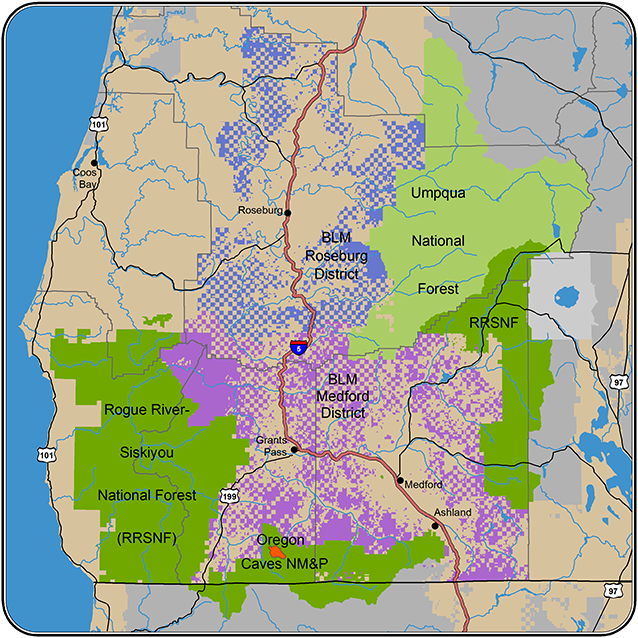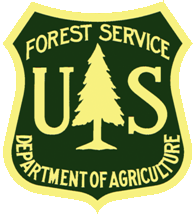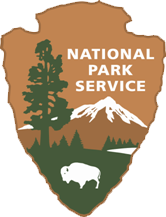
SWOAP is a Forest Service science-management collaboration with the goals to:
- Synthesize the best available scientific information to assess climate change vulnerability and develop adaptation strategies in southwestern Oregon in order to understand and mitigate potentially adverse effects of climate change on natural resources and ecosystem services; and
- Develop a framework and tools for resource managers to incorporate the best available science into assessments, resource management plans, resource monitoring, project design, NEPA analysis, conservation strategies, and State Wildlife Action Plan updates.
SWOAP News
-
3/2022: Our General Technical Report is available.
Halofsky, Jessica E.; Peterson, David L.; Gravenmier, Rebecca A., eds. 2022. Climate change vulnerability and adaptation in southwest Oregon. Gen. Tech. Rep. PNW-GTR-995. Portland, OR: U.S. Department of Agriculture, Forest Service, Pacific Northwest Research Station. 445 p. doi:10.2737/PNW-GTR-995. -
7/2017: SWOAP is featured in Northwest Fire Science Consortium's Summer 2017 Research Brief:
NWFSC Research Brief #14: Engagement Strategies: Helping Facilitate Development & Implementation of Adaptation Options
Approach & Timeline
Approach
- Establish an effective long-term science-management partnership involving multiple agencies and stakeholders to assess climate change science and its implications for biophysical and social resources.
- Conduct a vulnerability assessment of priority resources and develop associated adaptation strategies to help build resistance, enhance resilience, and facilitate ecological transitions for south central Oregon.
- The assessment will focus on climate trends, water resources, infrastructure, fisheries, wildlife, vegetation and disturbance, recreation, and ecosystem services. The assessment and adaptation strategies will be peer reviewed and published, providing the scientific foundation for operationalizing climate change in planning, ecological restoration, and project management.
- Educate and engage with partners, stakeholders, decision makers, planners, and resource specialists to:
- Build an enduring partnership to facilitate application of climate-smart management.
- Provide tools to incorporate and apply adaptation options through assessment, planning, project implementation, and monitoring.
- Conduct a workshop with scientists, land managers, conservation practitioners, and other stakeholders to review the vulnerability assessment.
- Downscale information from the assessment to identify the most significant vulnerabilities to climate change for priority resources in each management unit.
- Identify adaptation strategies and tactics to reduce resource vulnerabilities. Adaptation strategies and tactics will be linked to corresponding management operation levels at different spatial and temporal scales.
Timeline
- Fall 2016: Establish a science-management partnership; determine partners and team members, and resource areas to be covered by the vulnerability assessment.
- Winter through Summer 2017: Conduct a vulnerability assessment of priority resources, with monthly phone meetings of teams for each resource area (i.e., water and infrastructure, fisheries, vegetation and disturbance, wildlife, recreation, and ecosystem services).
- Fall 2017: Conduct a science-management workshop to present the vulnerability assessment, receive feedback on the assessment, and develop adaptation strategies and tactics for each resource area in small work groups.
- Fall 2017-Winter 2018: Finalize the vulnerability assessment report, add description of adaptation options, and conduct internal and external peer-review of the report.
- Spring 2018: Submit report to the Pacific Northwest Research Station to be published as a general technical report (GTR).
Vulnerability Assessments



